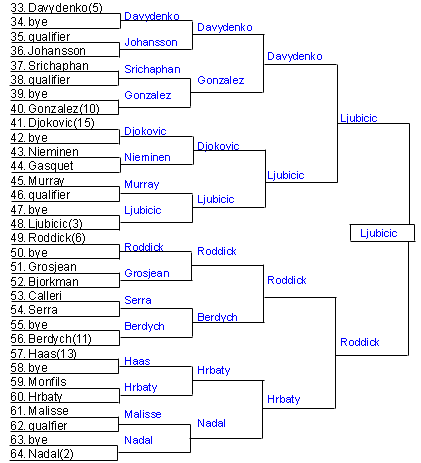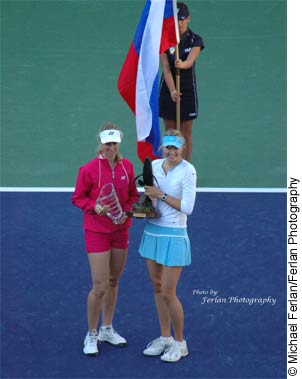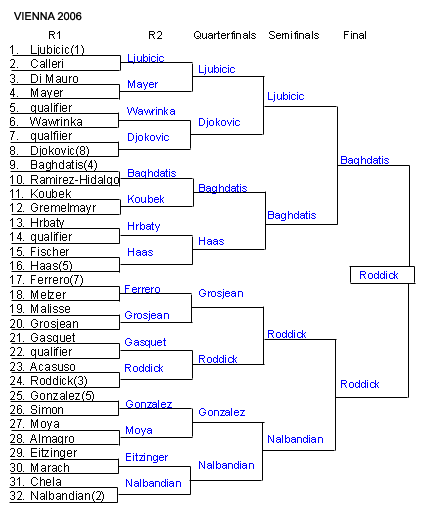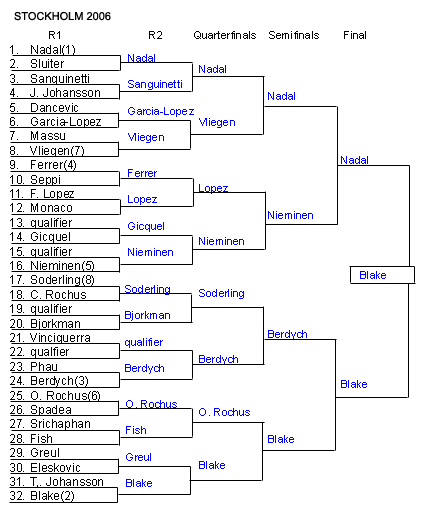For those followers of tennis who think the sport is way too prissy about players taking injury timeouts when there may be no real injury, or bathroom breaks when the only intention is not to pee but to confound your opponent, a current story from the World Chess Championships may be your cup of tea.
It seems a Russian and Bulgarian were dueling for the title in chess, but the match got bogged down when the Russian player was locked out of his private bathroom. He was suspected of getting up to something nefarious inside that bathroom. Did he whip out the Cliff version of chess crib notes? Does he sip from some magical elixir? We’ll never know, because it is the one area where security cameras do not go at the championships apparently. The Russian maintains he drinks lots of water and therefore has to pee a lot. Besides, he likes to PACE.
Oh well, that’s different! Pacing, why didn’t you say so in the first place? The Russian likes to use his private rest area for that, but it is small, so he added his bathroom area to his daily rounds. Once it was locked, he fomented mightily. The decision to close his holy of holies showed “severe bias” against his person. “My dignity does not allow me to stand this situation.”
Nor should it, we suppose. Can we eagerly await the day when Sharapova will utter such a line on her way into the locker room? There is so much gamesmanship now in tennis that it probably won’t be long until this situation occurs and someone gets locked out.
When Roger Federer gave us his week of ATP blogging recently from Japan, he sounded absolutely smitten by those state of the art bathrooms they have in Japan. Add technology to the usual nefarious player shennanigans and and we could be in for a whole new wave in tennis. Bathroom Strategies. Now players could soon ponder not only when to use their next drop shot, or inside out forehand, but what new ruses they can cook up on their way into the can. Stay tuned.
– – – – –
We know we are in a slow time of year for tennis when we start exploring odd stories like the preceding. The year end championships take place in November, but around them are bits and pieces of a lot of little stuff in tennis. Last week I should have gotten delivery of my blessed Dish Network to my humble abode, but it was not to be. I am on the first floor, and my landlord will not allow any holes, nails, screws or whatnots on his property. Even though he hands out a consent form for provider and tenant to sign, it is pretty much irrelevant. If I were on the second floor, my balcony railing would suffice as a base. But I am not, alas. So, still no Tennis Channel.
We are left to wonder whether Roger is going to pop the marriage question anytime soon to Mirka. That’s what is happening in tennis this week, folks. Personally, I think Roger should stay focused on tennis. Marriage is not what is happening these days . My partner and I have lived in sin for over fifteen years. I like being able to tell people that. Their eyes usually light up in happiness, because everyone remembers how good sin was before marriage came along. Roger should get on that bandwagon too if he knows what’s good for him. Besides, with the loot he makes the sin should be flowing freely. Next topic, please.
Rafael Nadal took it on the chin in Stockholm this week at the hands of big-serving Joachim Johansson, back on the tour after a long injury time-out. Perhaps a surprise, perhaps not. Johansson could serve anybody off the court when his serve is working. Somehow the thought of Nadal playing indoors in such a wintry place does not speak well for his chances, in spite of him donning blue and gold colors for the host country. Still, a Blake-Nadal final would have been a lovely thing. Instead it was Blake and Nieminen. (Blake won that final).
Also trying to make amends this week was American cyclist Floyd Landis, who decided he would get a jump on his case coming up in January regarding his alleged use of illegal testosterone in the Tour de France by posting his case on his website. We love you Floyd, and we certainly like your hair. But we have heard this all before and just because you hauled out Powerpoint to make your case does not really change the central facts. You had high levels of testosterone in your system and a further test showed they didn’t get there by themselves. Clearly something synthetic arrived in your system and you’ve offered various defenses/excuses as to how it could have gotten there. I especially approved of the whiskey defense, but have you thought of osmosis? Frankly I think blaming the lab for mishandling the samples is getting to be like all those criminal cases since O.J., where defense lawyers claim the cops planted the damning evidence your lying eyes are looking at now. It is getting old and tired.
Can’t anybody in cycling just back down for once and fess up to doping? Besides Frankie Andreu? At this rate people will be so turned off no one will probably ever want to ride a bicycle again.
– – – – –
Walt Landers was only 53 years old when he passed recently from a brain tumor. Walt was a long-time trainer and masseur with the ATP, the guy who handled bodies on a regular basis trying to get them in shape for the rigors of the tour. It was a rather sudden end to a solid career. Ivan Ljubicic, the newly elected Players Council President, wore a black armband in his memory during a match in Vienna this past week. Another good guy gone.
See also:
A Demi-Gods Demise
Dick Pound and WADA Reach Altitude





